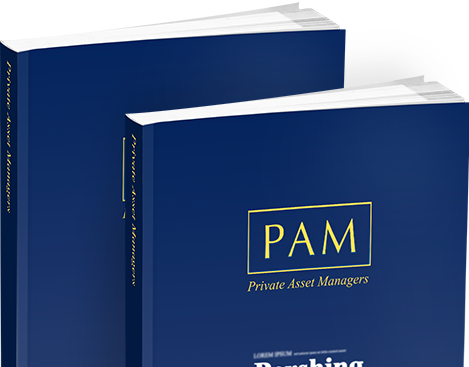Commercial property has long been in favour with institutional investors and, in more recent times, private clients have started to invest in this asset class too.
The tenants are typically companies, whether the property is used for retailing, factories, warehouses, or offices, so the fortunes of commercial property are linked to the state of the underlying economy. The ability of these companies to pay their rent and the opportunity to increase rents depends on their profitability and, by default, on the health of the economy. Different sectors of commercial property, therefore, tend to experience separate and distinct business cycles.
An attraction of commercial property has been its low correlation to other asset classes, notably equities and bonds. It can thus be used to reduce risk in a portfolio, which is explained in greater depth in chapter eight. Property investors do not suffer from corporate bankruptcies to the same extent as equity and bond investors, because landlords can look for new tenants.
Another attraction of commercial property is the potential for lower volatility than from equity investments.
Some private clients buy commercial property directly, notably high street shops. But the more typical route is through collective investments. The pooled route is popular, because of the expense of commercial property and the fact the day-to-day management is outsourced.
Commercial property can be a time-consuming and expensive asset class to manage directly, with the need to find tenants and organise repairs. For example, say a lot size cost around £10 million. To gain adequate diversification, a portfolio would need at least 15 properties, so it would require an allocation of £150 million and a portfolio of around £1.5 billion in total if property was to comprise 10 percent of the overall portfolio.
Property is an illiquid investment in comparison to equities and fixed interest. Management and transaction costs can be high. Furthermore, property prices are calculated less frequently and by valuers, rather than through the buying and selling of property.
When investing in property funds, however, it is important to check their mandates. Many invest wholly, or partly, in listed property companies. By using such funds, investors lose some of the benefit of diversification, because they will be more highly correlated to the stock market.
Many choose to access commercial property via a real estate investment trust (REIT), not least as this is a tax-efficient investment vehicle.
Assets held by REITs are free from capital gains and corporation tax, which is one of their main attractions. It is the responsibility of investors to pay tax at their personal rate. REITs distribute at least 90 percent of their income, which is generated by rental revenues.
A REIT is listed on a stock market and has the sole purpose of owning and managing investment properties. Another attraction of REITs is the ability for investors to buy and sell shares that are tradable on stock markets, which are more liquid than trading the physical properties directly.
The PAM Directory is a comprehensive guide on comparative data focusing on asset managers, investment managers, private banks, stockbrokers, wealth managers and multi-family offices, who provide discretionary and/or advisory portfolio management services for private clients.
Order Now
Subscribe to PAM to hear about the latest news and promotions
Site Content Copyright PAM Insight Ltd 2016
This option is not available when logged in as a Private Asset Manager.
For registering with PAMonline. You should now receive an email asking you to verify your email address. If you do not receive this email, please call +44 (0)207 967 1601 for assistance.
To reset your password please enter code below.
To restore your password please enter your email below.
To see full information of the Private Asset Managers, plus the opportunity to rate and follow, login or register
For registering with PAMonline.
You should now receive an email asking you to verify your email address.
If you do not receive this email, please call +44 (0)207 967 1601 for assistance.
To return to the Home page, click here
To see full information of the Private Asset Managers,
plus the opportunity to rate and follow, login or register.
Please fill in all the fields.
To activate your account enter valid activation code below.
To resend activation email type in your registered email address below. Or contact the PAM office on +44 (0)20 7967 1608 to get instructions to activate your account.
